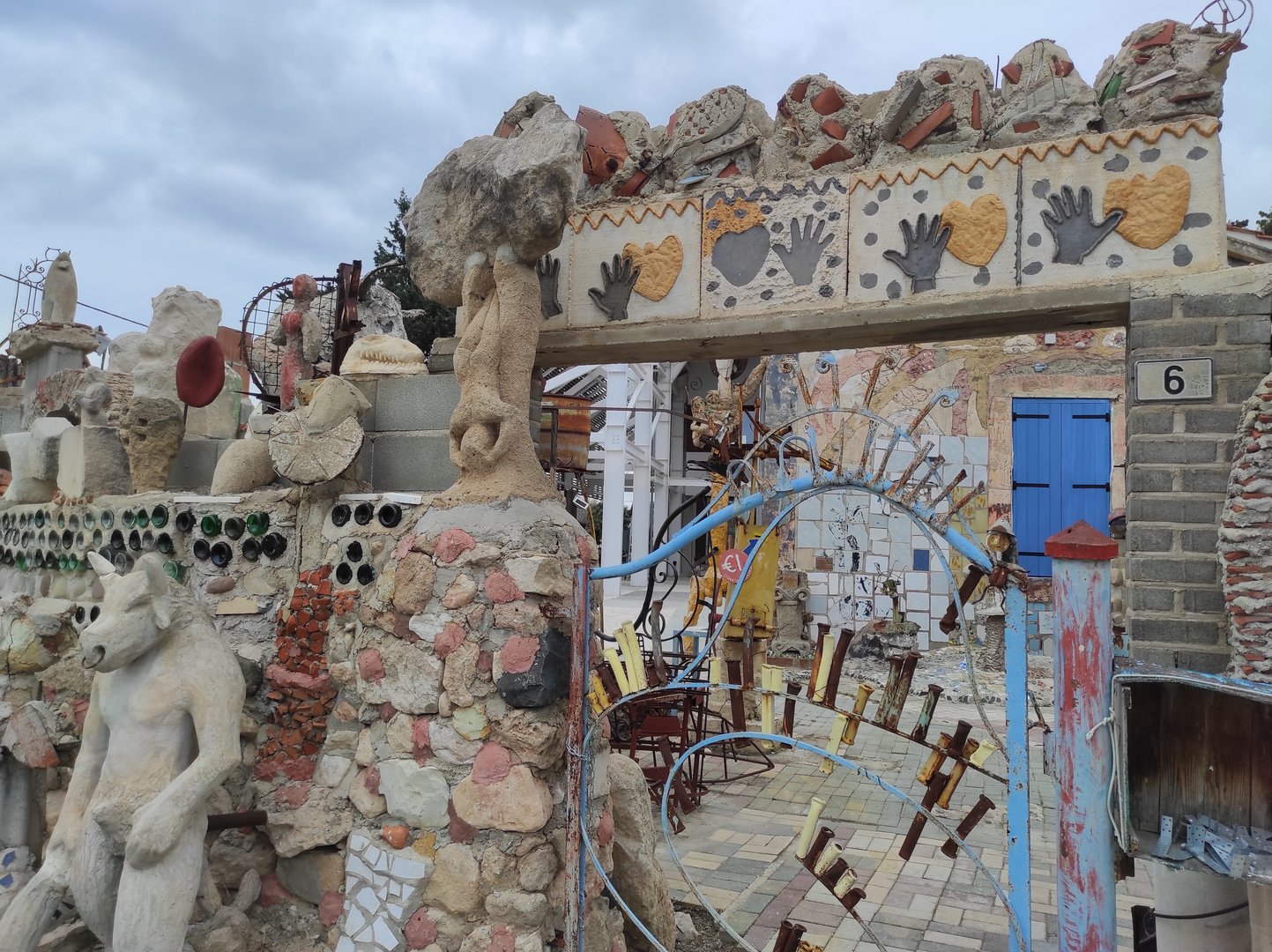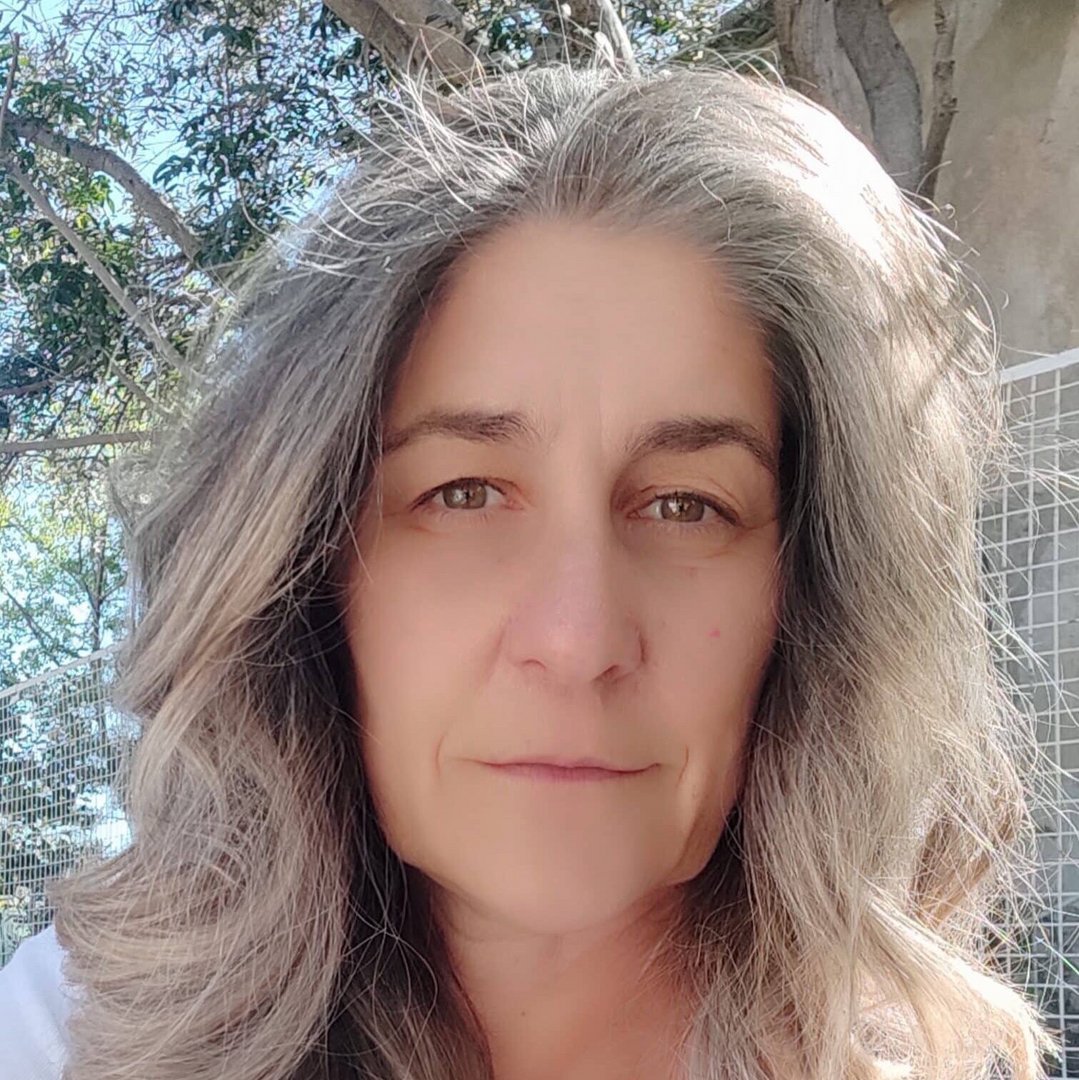The demand by descendants of artist Stass Paraskos to have use of facilities at the Lemba Cultural Village is not supported by legislation nor by the opinion of the legal service, the deputy culture ministry said on Wednesday.
“The rection of the Chamber of Fine Arts (Ekate) and members of Stass Paraskos’ family is without basis as the deputy ministry acts within the framework of existing legislation,” the ministry said in a statement.
“With regard to the insulting posts by Stass Paraskos’ descendants on social media, the deputy ministry of culture reserves its legal rights.”
Advocates for the legacy of late Cypriot artist Stass Paraskos had previously expressed shock at what they have described as the deputy ministry’s officious sidelining of the pre-existing Lemba art college, originally founded in Famagusta in 1969.
“The situation in Lemba created by the department of culture is disgraceful,” the artist’s son, Michael Paraskos, a teaching fellow at London’s Imperial College, told the Cyprus Mail.
The son of the artist claimed that previous governments had made clear that the Cyprus College of Art was to become an equal partner in the Lemba Cultural Village project and charged that the new deputy ministry was attempting a deliberate erasure of Paraskos’ legacy.
The Cyprus College of Art moved to the site in Lemba in an unused Turkish Cypriot property in 1976, as provided for by the education ministry at the time.
However, the deputy culture ministry, quoting a legal service opinion, stated that “the land lease contracts to Stass Paraskos were personal and non-transferable to descendants and had expired in 1995, without ever being renewed.”
“The Cyprus College of Art currently does not exist either as a legal entity or as an educational institution, and the private descendants of Stass Paraskos do not have any legal right [warranting their] use and management of the Lemba Cultural Village,” the ministry said.
All potentially interested parties are free to submit a competitive proposal for concessionary operation and management of the cultural village, which was announced on April 11 with a May 30 deadline, the legal service said.
As a result of the contention, the famous “Lemba Wall” with embedded sculptures created by Paraskos and other artists, is now an object of dispute with the deputy ministry claiming it as “a listed structure, protected from interventions under the relevant legislation”.
Margaret Paraskos, the artist’s daughter, however, in an email to the ministry said that due to the expulsion of the original art college, she would begin removing the sculptures from the wall on May 15.







Click here to change your cookie preferences